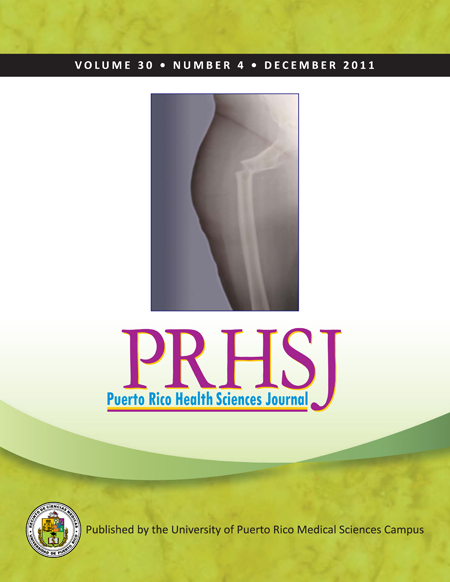Abstract
Objective: To determine the frequency of pediatric brain tumors treated at the University Pediatric Hospital of Puerto Rico over a 6-year period and examine the demographic data and tumor histology of patients in different age groups. Methods: A retrospective study was undertaken at the University Pediatric Hospital. We included patients with brain tumors that had been newly diagnosed during the period covering from January 2002 to December 2007. All cases were analyzed by age, gender, histologic diagnosis, and affected area. Results: One hundred thirty-six patients were included in the study. Overall, males were more frequently affected than were females. Children in the 1 to 4 years old age group had the highest number of newly diagnosed brain tumors. Regarding anatomic location, supratentorial tumors were more frequent than were infratentorial tumors. The most common single tumor was the pilocytic astrocytoma (WHO grade I), representing 31% of the total pediatric brain tumors. Conclusion: Our results provide an objective platform for further epidemiological studies and for the development of local health strategies for the timely diagnosis and treatment of the most common pediatric tumors in Puerto Rico.
Authors who publish with this journal agree to the following terms:
a. Authors retain copyright and grant the journal right of first publication with the work simultaneously licensed under a Creative Commons Attribution License that allows others to share the work with an acknowledgement of the work's authorship and initial publication in this journal.
b. Authors are able to enter into separate, additional contractual arrangements for the non-exclusive distribution of the journal's published version of the work (e.g., post it to an institutional repository or publish it in a book), with an acknowledgement of its initial publication in this journal.
c. Authors are permitted and encouraged to post their work online (e.g., in institutional repositories or on their website) prior to and during the submission process, as it can lead to productive exchanges, as well as earlier and greater citation of published work (See The Effect of Open Access).
